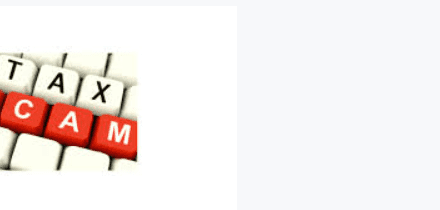
2017 has been a huge year for superannuation
Several niche superfunds have either launched or announced launches in 2018, and the media has been writing about it quite often. (We’ve been featured in the Fin Review, Women’s Agenda, and SBS!)
But for almost 15 million Aussies, super hasn’t been much of a priority, because this is how many people haven’t bothered to switch out of their default investment option. 9.5% of your income (and more if you contribute) goes into your super, so I think this warrants a closer look from you.
Hearing about how difficult it can be to get your head around super has made us determined to clear the way for you to make 2018 a super year. And the best part is, most of the tasks below only take a few minutes each, giving you no excuse not to do them.
Find all of your super
Did you know that 40% of Aussies have more than one super account? This is because a lot of people have their work open up a super account for them, don’t engage with it, and when they transfer to a new job, their new company opens an account for them.
Having multiple super accounts means that you’re paying double or triple the number of fees and insurance premiums. Your super balance is getting eaten up by all of these things, and if you’ve only got one active account, your other accounts will quickly get depleted.
If you don’t know where your super is, it’s easy to find through the ATO website, as long as you have your tax file number handy. You can track down all of your super here.
Consider restarting with a new superfund
Found all of your accounts but aren’t happy with any of your superfunds? This is understandable considering that many of us don’t choose our own funds.
If you’re unhappy with your superfund, it may be time to start fresh (it is a new year after all!) and transfer your balances to a fund of your choice.
Not sure how to find a fund that suits you? ASIC’s Money Smart has a great list of what to look for in a superfund.
Use our super checklist to make sure you don’t forget a step
Super can be a confusing and burdensome task for many, so my team has created a checklist to make sure you tick all the right boxes when setting up or checking on your super.
Consolidate
Having multiple super accounts means your hard-earned money is getting eaten up by fees, and that it’s also harder to track your money — and this is the money going towards your retirement, so it needs to be monitored.
If you’ve taken a look at a new fund, or decided on keeping your active fund, it may be a wise decision to consolidate your super into the one account to save yourself heaps of fees. You can now consolidate your super in minutes, due to SuperStream. (This used to take weeks of paperwork previously!)
Create goals to stay on track
Do you know how much super you need? If not, that’s okay. I’m going to tell you:
$545,000*
Big number! The bad news is that most people don’t retire with anything even close to that. This is partly because the people retiring now are the ones who haven’t had superannuation their entire working lives (as compulsory super was only enacted in 1992), so they’ve had a lot less time to grow their balances.
If you’re thinking, “There’s no way I can save that much money even if I work forty years!” — it’s okay.
That big goal can be attainable. Through the magic of compounding and additional contributions, you can make sure you retire with enough. You can have a play around on this superannuation calculator to predict how much you’ll retire with based on outcomes like investments, income, and contributions.
If you’re not happy with the number you get, you can start setting goals for your super and motivate yourself to stay on track. Using the calculator above, you can figure out how much extra you would need to contribute to reach your goals.
—
Human Super has not taken into account the investment objectives, financial situation, or particular needs of any particular person. Before making an investment decision on the basis of information you’ve read on this website, you should consider whether the information is appropriate in light of your particular investment objectives, financial situation, or particular needs. You may wish to consult an appropriately qualified professional to advise you.




